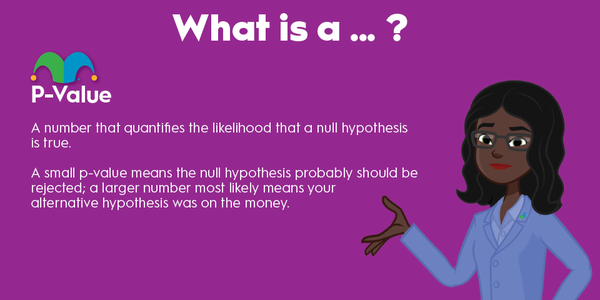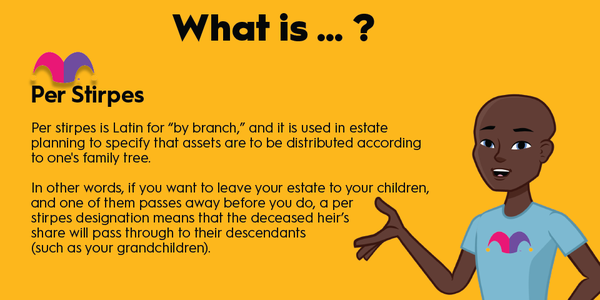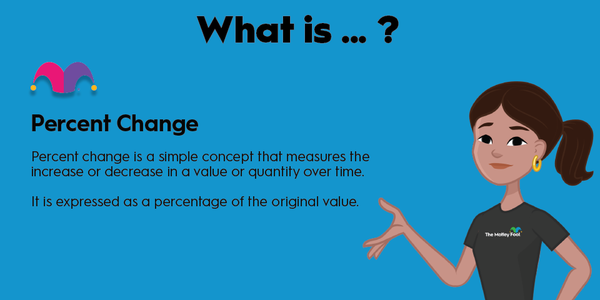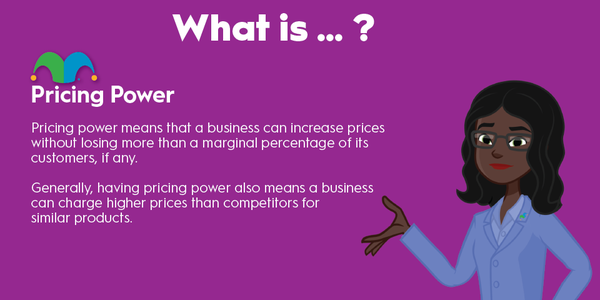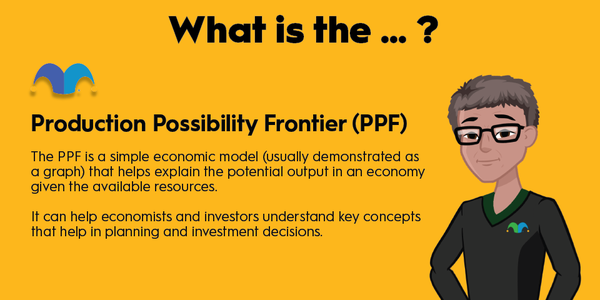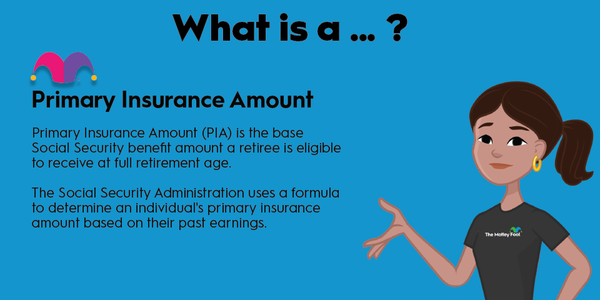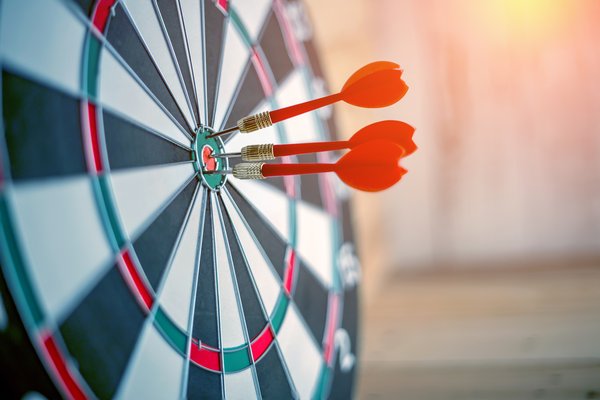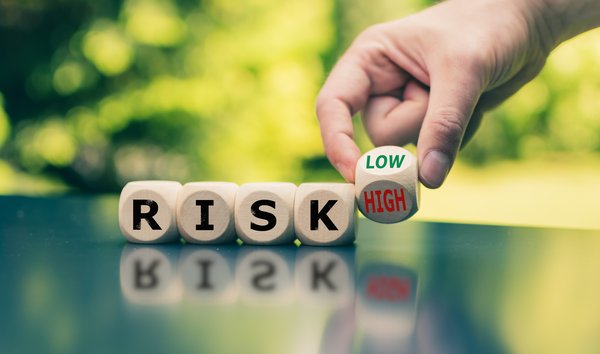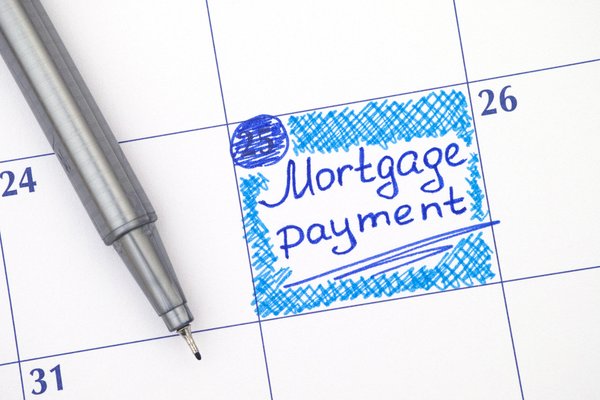A private student loan is a loan made by a bank, credit union, school, or online lender other than the federal government, which is used to pay for education expenses. Of the $1.77 trillion in student loans Americans carried in early 2023, slightly more than 7% was owed in private student loans.
Private student loans may be the only way to pay for your education in some circumstances. For example, if you've borrowed up to the federal student loan limits or you're an international student, you may need to take out private loans. But there are some important downsides you should be aware of.
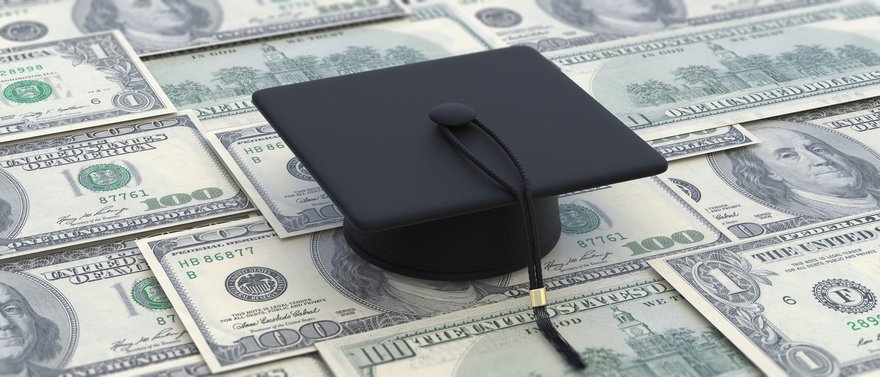
When you need to borrow money for college or another higher education program, you can choose from two basic types of student loans: federal student loans or private student loans. A private student loan is a student loan that's offered by a private institution, such as an online lender, bank or credit union, or even the school itself; a federal student loan is issued by the federal government.
Students often turn to private lenders to borrow money when federal loan limits remain stagnant. For example, between 1992 and 2008, the aggregate limits on the federal government's most popular subsidized loan program remained unchanged. Private student loan volume grew by 25% to 35% annually during this period, compared to 8% for federal student loans. The Ensuring Continued Access to Student Loans Act of 2008 increased the aggregate and annual limits for the federal loan program, which caused a significant drop in demand for private student loans.
Private vs. federal student loans
Private student loans vs. federal student loans
Private student loans typically have higher borrowing limits than federal student loans, but the interest rates are also higher. Approval is based on your creditworthiness, which means that if you have a limited credit history or poor credit, you may need a co-signer to qualify.
The federal government also tends to offer flexible repayment options for student loan borrowers who struggle with payments. Repayment options for borrowers who experience hardship are essentially at the discretion of the private lender.
Private loans, for example, didn't qualify for the automatic forbearance that federal borrowers received starting in March 2020 due to the coronavirus pandemic. Private student loans also generally don't have options like income-driven repayment, which caps your payments at a percentage of your discretionary income, or Public Service Loan Forgiveness (PSLF), which allows public servants to have their federal loans forgiven after 120 payments.
Some other key differences between private student loans vs. federal student loans:
- Some private lenders require payments while you're still in school, while others allow you to defer payments. Federal loan payments aren't due until you graduate or your enrollment status changes to less than half-time.
- Private student loan interest rates can be fixed or variable; federal loan interest rates are fixed.
- Most private loans aren't subsidized, which means you'll pay all of the interest that accrues. Federal loans are often subsidized, which means the government pays the interest while you're still enrolled in school at least half-time.
- Unlike federal loans, private student loans can't be consolidated into a Direct Consolidation Loan, but refinancing could be an option. However, if you refinance them, you'll have to go through a private lender, and your loans will lose their federal benefits.
College Tuition Insurance
Should you get one?
Should you get a private student loan?
It's usually a good idea to max out your federal student aid options before you turn to private loans. Be sure to fill out the Free Application for Federal Student Aid, or FAFSA, to determine whether you're eligible for federal student loans, as well as some grants, scholarships, and federal work-study programs.
You'll also need to fill out the FAFSA if you're a student and your parent is willing to consider taking out a Parent PLUS, which is a federal loan that parents can take out to help pay for a dependent student's education. Parent PLUS loans may be a better option for a parent who's considering co-signing a private loan. As a co-signer, they'd be legally responsible for the private loan's repayment. While the Parent PLUS loan is in the parent's name only, at least they're afforded the protections of federal loans.
If you've maxed out your federal loans or you're ineligible for federal aid for some other reason, you may need to take out private loans to complete your degree. But be cautious about how much you borrow. The rule of thumb is that you don't want to graduate with student loan debt that exceeds your expected first-year salary. If you're looking at borrowing significantly more than that amount, consider whether it's possible to work part-time while attending school or you could switch to a cheaper institution.
Related investing topics
Example: Sallie Mae
Sallie Mae: Example of a private student loan lender
Sallie Mae got its start as a government-sponsored entity. Today, it's a publicly traded company that's one of the largest providers of private student loans in the U.S. The company offers private student loans for a wide variety of fields of study, including undergraduate and graduate programs, medical school and residencies, dental school and residencies, law school and bar study, graduate business programs, and career training programs.
As of early August 2023, Sallie Mae offered fixed-rate loans with APRs between 4.5% and 15.49% and variable APRs between 6.12% and 16.45%. By comparison, federal student loan rates are a fixed 5.5% for undergraduate students, 7.05% for graduate students, and 8.05% for Parent PLUS and Grad PLUS loans.





